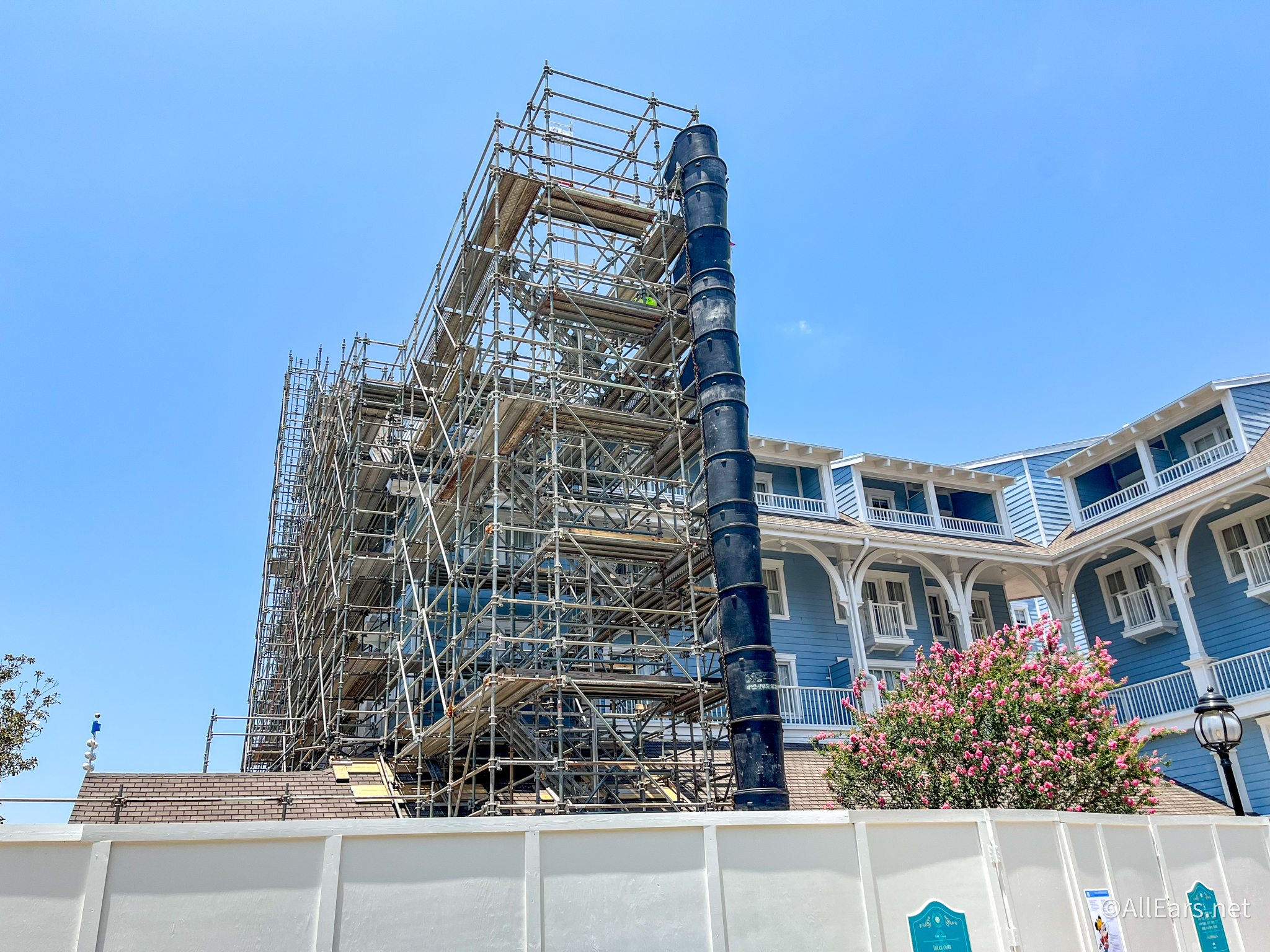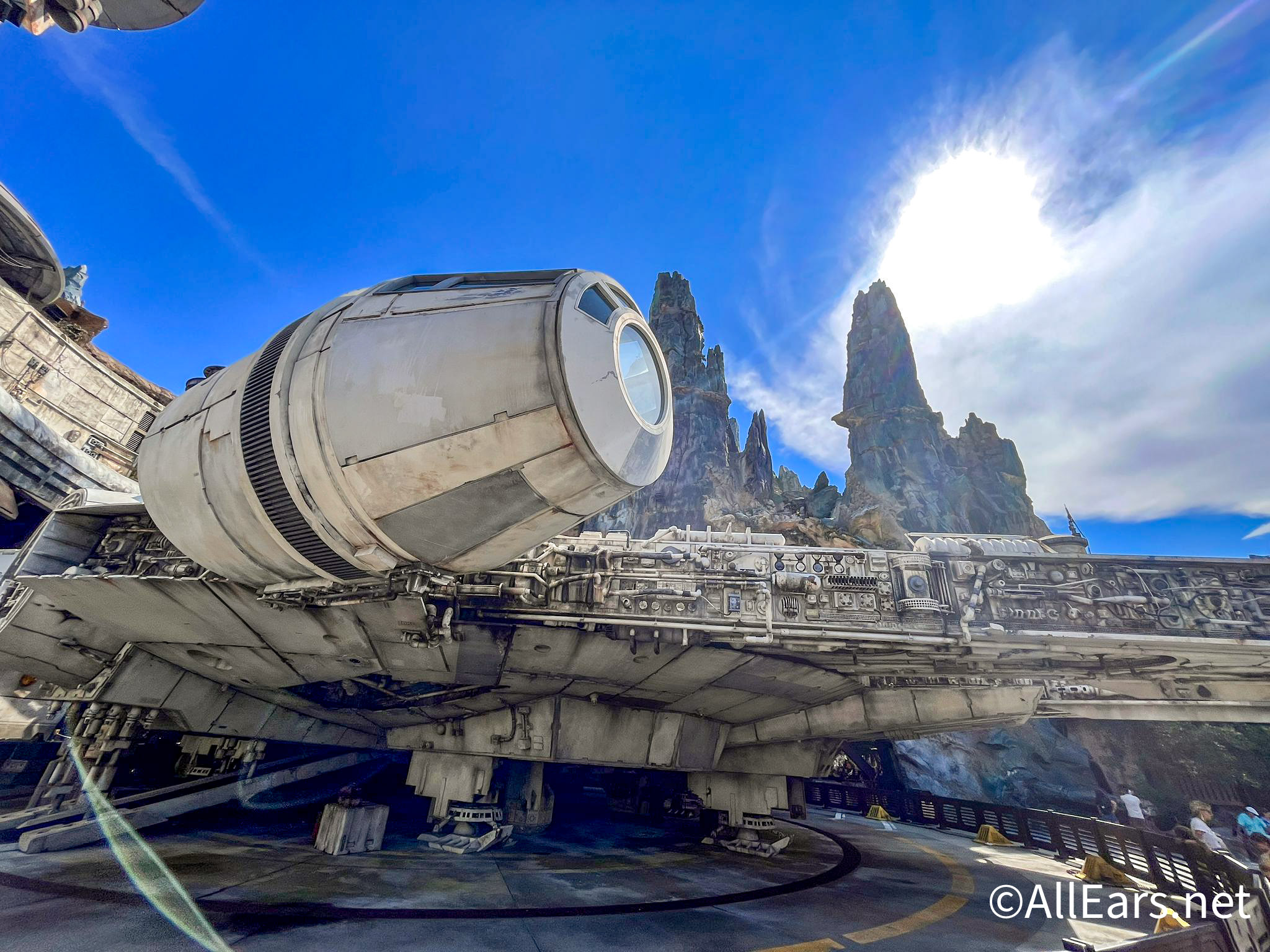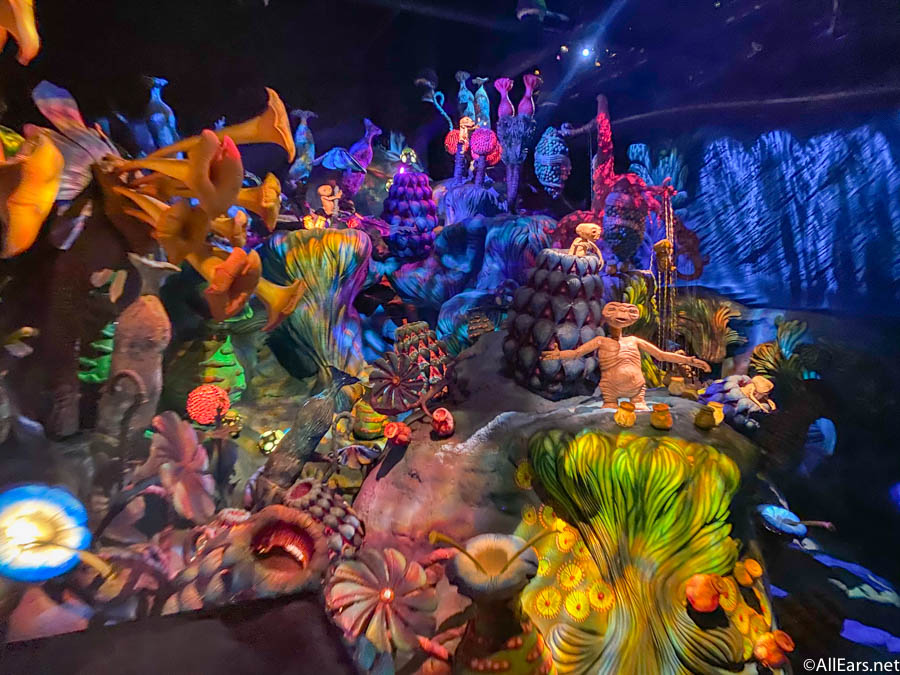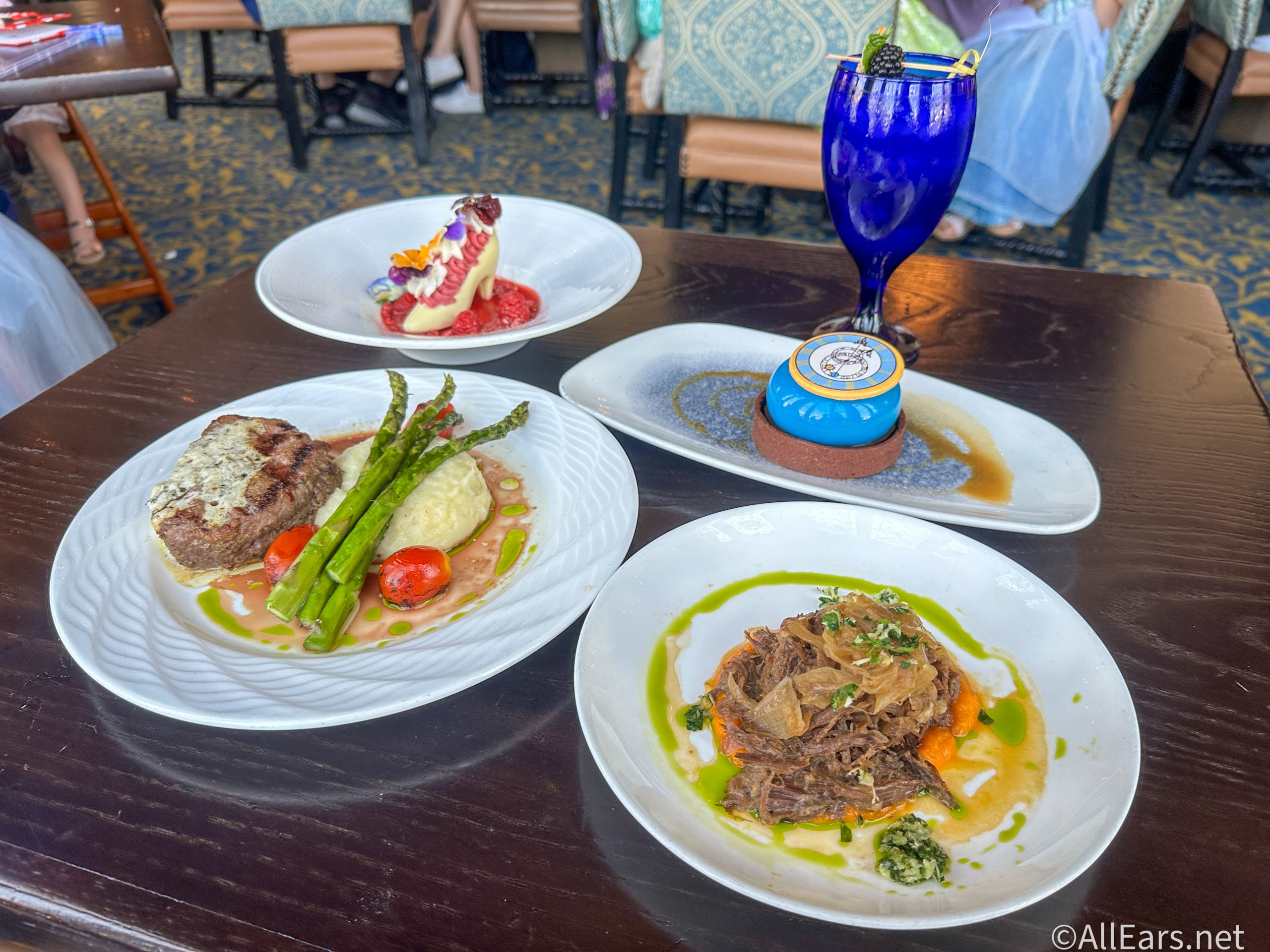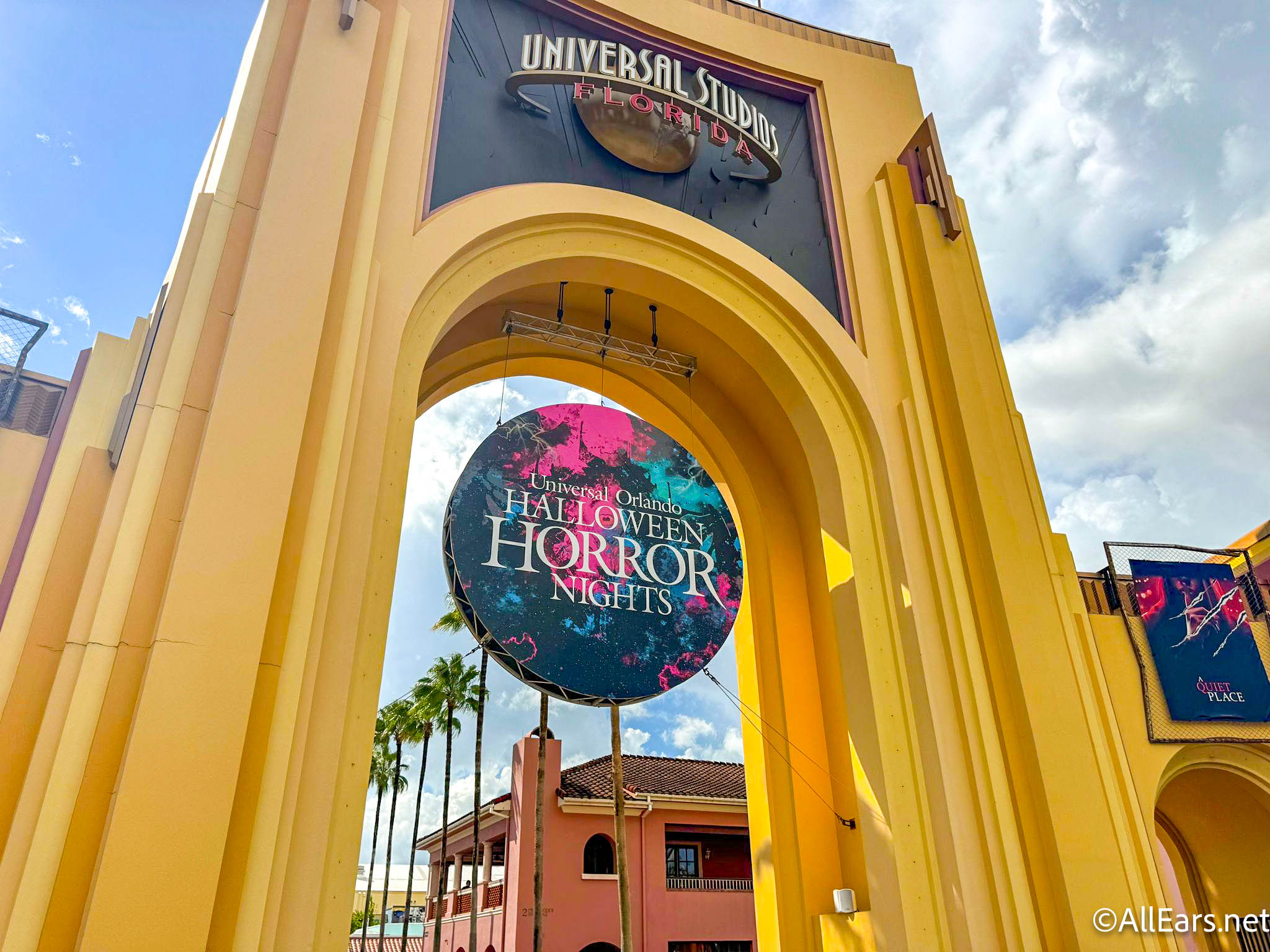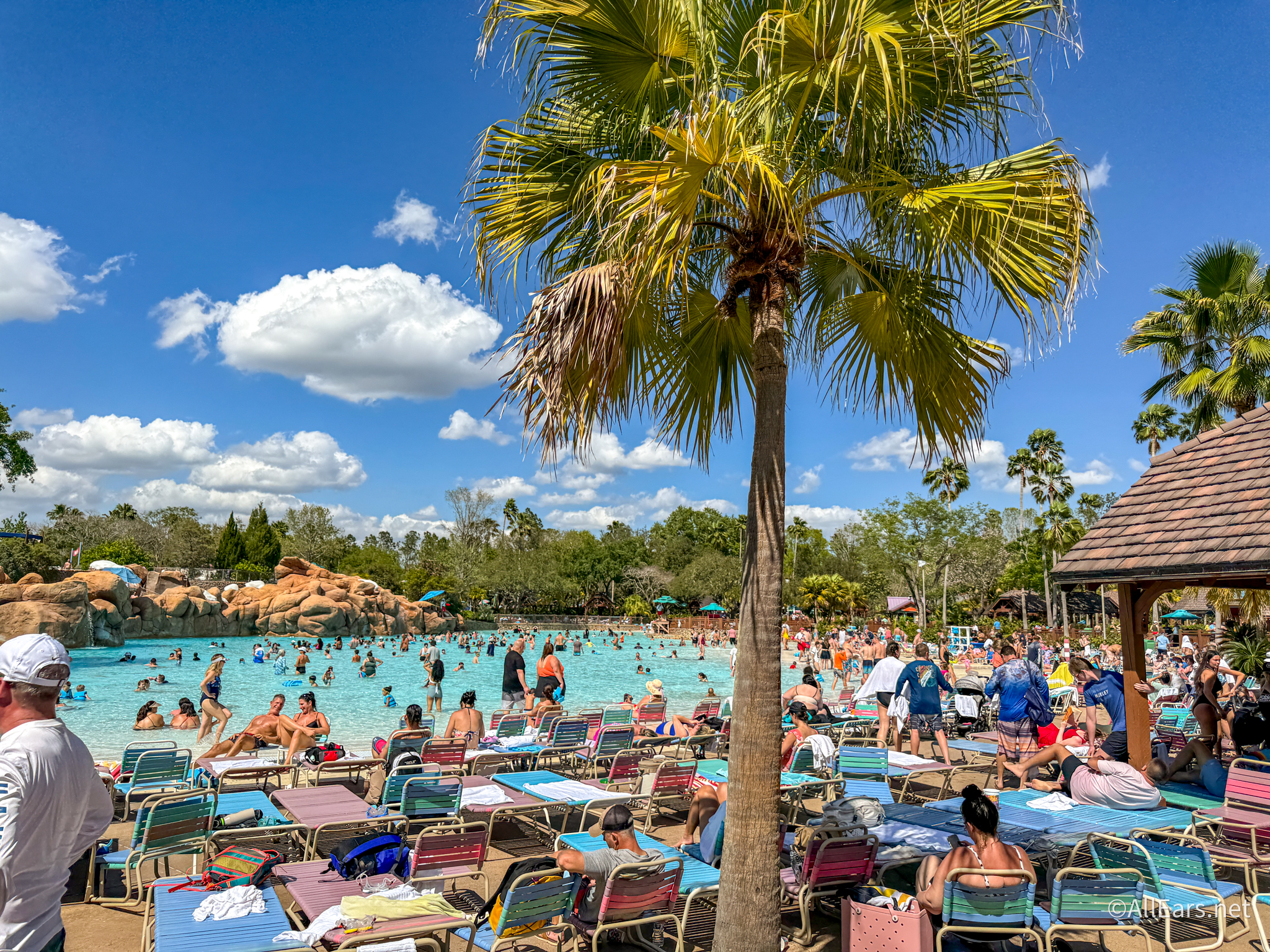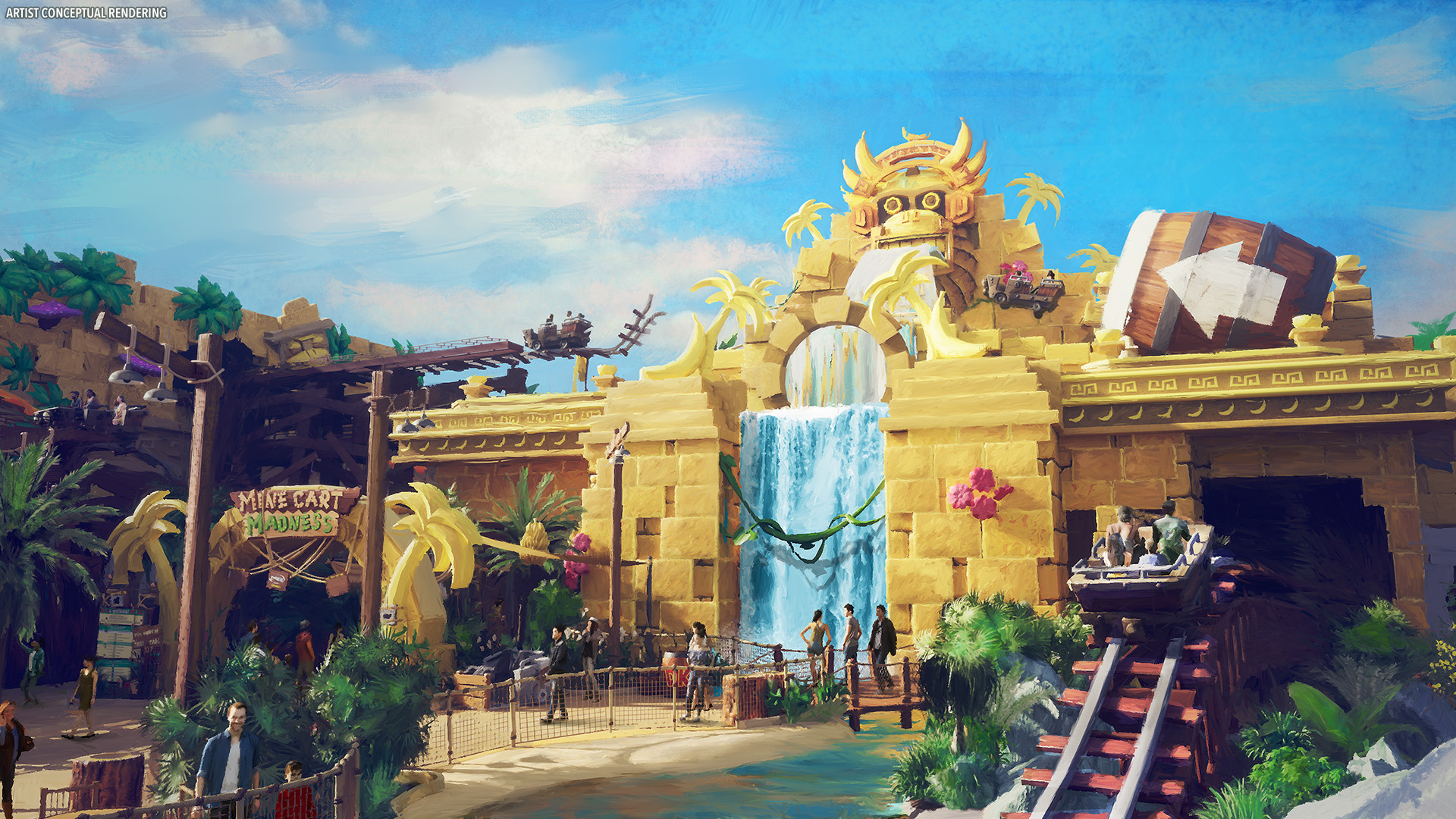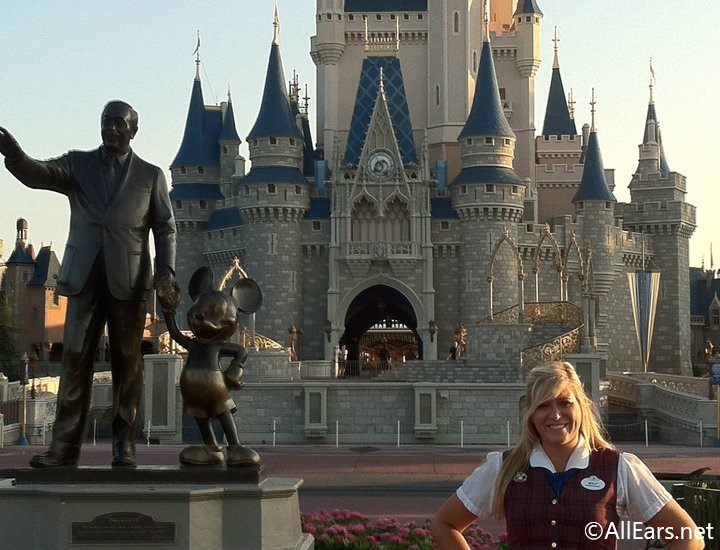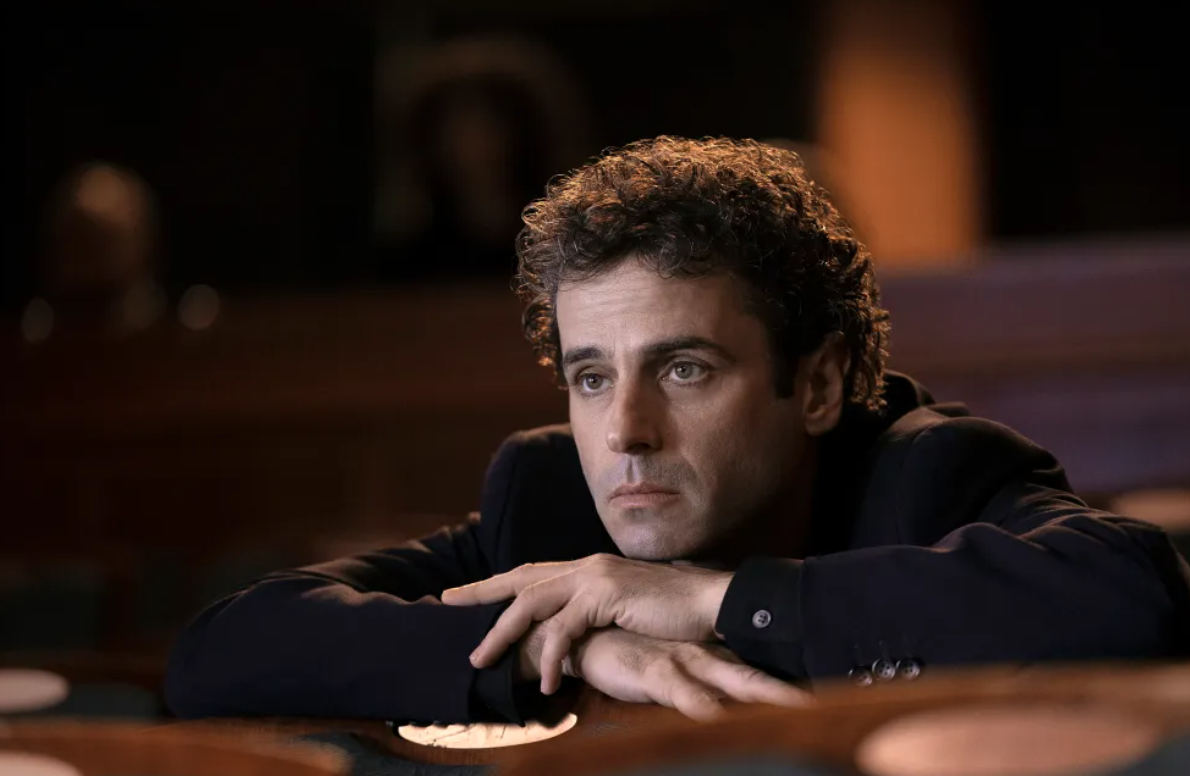The Legend of Sleepy Hollow at Walt Disney World
by
Jim Korkis
Feature Article
This article appeared in the October 6, 2020 (#1105) edition of ALL EARS®
Editor’s Note: This story/information was accurate when it was published. Please be sure to confirm all current rates, information and other details before planning your trip.
References to Disney animated characters at the Walt Disney World are not just limited to Fantasyland. At the Magic Kingdom, you can find Pecos Bill in Frontierland, Aladdin in Adventureland and Buzz Lightyear in Tomorrowland.
However, this Halloween season, I would like to explore the presence in Walt Disney World of the fearsome Headless Horseman from The Legend of Sleepy Hollow. He is the only Disney villain who actually wins at the end of the story.
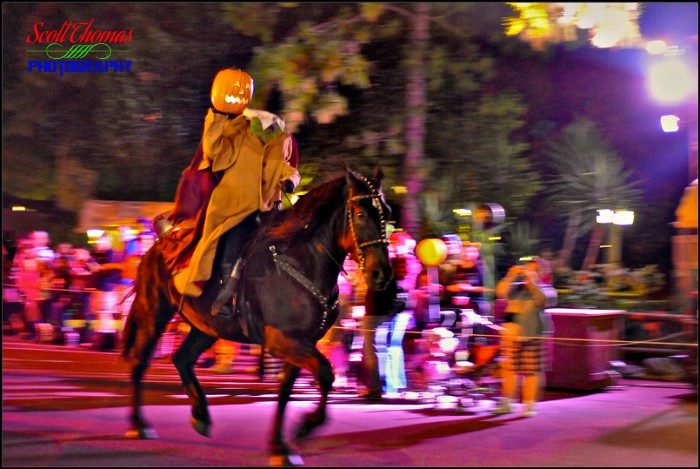
Primarily animated by Woolie Reitherman and John Sibley in the Disney film, the horseman is an imposing figure colored in deep black, dark scarlet, fierce purples, and livid magentas to heighten his dramatic appearance. Some Disney fans don’t realize that the color scheme was based on the concept art of Mary Blair and John Hench.
The Legend of Sleepy Hollow is a short story by American writer Washington Irving that was first published in 1820. Based on a German folk tale, Irving transplanted it to upstate New York in 1790.
Most people know the tale of the scarecrow-like schoolteacher Ichabod Crane who takes a job teaching in a one room schoolhouse in Sleepy Hollow and is a rival for the affection of local beauty Katrina Van Tassel with the bully Brom Bones. Highly superstitious, Ichabod is scared one night at a party with the tale of the Headless Horseman who rides the area looking for a new head to replace the one he lost to a cannonball. Later that evening, he encounters that apparition.
Sleepy Hollow is actually the name of the valley near a small rural community that was founded in the 17th century by people of Dutch descent. North Tarrytown is located in Westchester County, New York about 25 miles north of mid-town Manhattan in New York City.
In 1996, the town officially changed its name to Sleepy Hollow. Washington Irving is buried in Sleepy Hollow Cemetery.
Work on an adaptation of the Washington Irving tale as a possible animated feature started at the Disney Studio in the early 1940s but was put on hold along with other features in development because of World War II.
After the war, the studio was still financially struggling from the effects of diminished revenue during World War II so Walt decided to pair the story with another adaptation being developed, The Wind in the Willows. The Adventures of Ichabod and Mr. Toad was released October 5, 1949.
To further increase the possibilities of financial success, Walt decided to have the stories told by celebrity narrators. Actor Basil Rathbone’s distinctive British voice would tell the tale of writer Kenneth Grahame’s Mr. Toad and his misadventures while popular singer Bing Crosby would lighten up some of the frightening aspects of Ichabod’s story especially with some of his well-known, unscripted ad-libs like nicknaming the lead character “old Icky”.
The Legend of Sleepy Hollow was released on its own to theaters as a 33-minute featurette in September 1963. This was the same edit presented on the Disney weekly television series and the one that most people are familiar with today.
To capture the authentic feeling of the Hudson Valley country, Walt Disney personally visited the region around Tarrytown. The film depicts accurate details of clothing, buildings and landscape. The church shown during the opening narration was drawn to look like the actual Old Dutch Church built in the late 1660s in the Sleepy Hollow area.
Ironically, the Disney animated featurette is considered one of the most faithful adaptations of the Irving story especially depicting Ichabod as a glutton and a greedy opportunist. However, that doesn’t mean that Disney didn’t add its own little embellishments to the story but essentially still stayed true to the “spirit” of the original.
While the original story implies that it is Brom Bones who disguises himself as the Headless Horseman, the Disney film suggests that Ichabod might have actually met a supernatural phantom.
After all, Ichabod looks down the neck of the menacing rider and sees nothing but blackness. He hears the horrifying laugh of the Headless Horseman provided by Billy Bletcher who also did the voices for the Big Bad Wolf and Pegleg Pete.
In the original story, the horseman throws a pumpkin while in the Disney version, it is a flaming jack-o-lantern. In fact, this was the first time that a jack-o-lantern rather than a regular pumpkin was connected to the horseman.
The Headless Horseman is such a powerful image that over the decades, there have been mulitple attempts to include him in the Disney theme parks.
On October 16, 1957, Imagineer Ken Anderson submitted to Walt a concept for the haunted house at Disneyland that included this frightening finale with guests looking out a huge window from inside the house:
“Commence with a windy moonlit night with the reflection of the moon in the bayou beyond the graveyard. The clouds will obscure the moon and distant flashes of lightning and sounds of thunder will next be heard.
“While the sky is darkening, the ghostly apparition of the Headless Horseman will fade into view or appear from behind a distant tree and gallop toward the graveyard and house from right to left foreground.
“He will disappear behind some trees to the left, but the sound of his horse’s approaching hoof beats will continue to grow louder. Suddenly, he bursts into view in the courtyard just outside the windows and gallops across from left to right… reining to a noisy halt just out of view below the balcony on our right.
“Next, a bolt of lightning against the sky and a werewolf’s howl signal the appearance of the ghosts rising from the tombs, first one, and then two, and more, until ghosts are materializing from the earth around the tombs as well as the tombs themselves.
“First part is projection with Ub Iwerks’ special loop projector using Kronar based film. Second part is florescent Japanese silk cape on a wire frame and moved by an aluminum arm from above past the windows. Match the color to the projected image.”
This concept was abandoned when the attraction ceased being a “walking tour” and became a ride with doombuggies so that scenes had to cycle through any action quickly.
When Liberty Square was being built at the Magic Kingdom in 1970, Imagineer Tony Baxter pitched the idea of a dark ride based on The Legend of Sleepy Hollow to help the transition of the intersection from Fantasyland to Liberty Square. Guests would have ridden in hollowed-out spinning jack-o-lanterns through a variety of scenes from the story until the final confrontation with the headless horseman.
However, references to the famous Irving story did make it into Liberty Square.
The exterior architecture of the Sleepy Hollow food and beverage location at the entrance to Liberty Square is based on the tiny, two-room cottage that writer Irving purchased on ten acres along the banks of the Hudson River in Tarrytown, New York.
Irving spent many years remodeling and expanding the residence, combining elements of colonial New York architecture and buildings he knew in Scotland and Spain. He named it Sunnyside in 1841, and history shows that it was usually busy with lots of friends and family.
Sunnyside is now a museum in Tarrytown. The Sleepy Hollow food and beverage location at WDW offers a souvenir plastic stein with the image of Ichabod on one side and the Headless Horseman on the other.
When the shop building opposite the Hall of Presidents was converted and reopened February 1996 as Ye Olde Christmas Shoppe, one of the new stores was devoted to music.
Outside the music shop was a sign stating, “Music & Voice Lessons by appointment, Ichabod Crane, Instructor,” a profession that Ichabod did to earn some additional money from his regular teaching assignment.
The ominous Headless Horseman rides from Frontierland to Main Street U.S.A. in advance of each performance of Mickey’s “Boo To You” Halloween Parade as part of the separately ticketed Mickey’s Not-So Scary Halloween Party.
Khan, named after Mulan’s horse in the animated feature Mulan (1998), is half Percheron and half thoroughbred, and is the horse primarily used as the Headless Horseman’s horse at Halloween. Another horse, Ike, who was originally used by the WDW Headless Horseman was adopted out to a family in Texas who now take care of him.
In addition, during the Halloween season starting in 2017, the Fort Wilderness Resort and Campground offered “Return to Sleepy Hollow” including a group viewing of the 1949 Disney animated film inside the resort’s Tri-Circle-D Ranch stables. During event nights, guests got to see galloping ghosts and experience an up-close and personal encounter with the Headless Horseman.
For several years during the Halloween season, Fort Wilderness offered a roughly fifteen-minute Haunted Hayride that was a spooky trip through the swamps down along Bay Lake with the climax being a close encounter with the Headless Horseman. Then it became Haunted Carriage Rides in 2008 and then was completely discontinued after 2012.
The film was the last of the notorious package films Disney produced like Melody Time, Make Mine Music and Fun and Fancy Free after the war to save time and money by using mulitple different sequences rather than telling one long story. The Legend of Sleepy Hollow remains a popular Halloween film with just the right balance of humor and horror and the story has found a three-dimensional home at WDW.
But on Halloween, you better beware. As the song states:
Ghosts are bad but the one that’s cursed,
Is the Headless Horseman; he’s the worst.
They say he’s tired of his flaming top,
He’s got a yen to make a swap.
So he rides one night a year,
To find a head in the hollow here.
With a hip, hip and a clippity clop,
He’s out looking for a top to chop.
So don’t stop to figure out a plan,
You can’t reason with a headless man.



